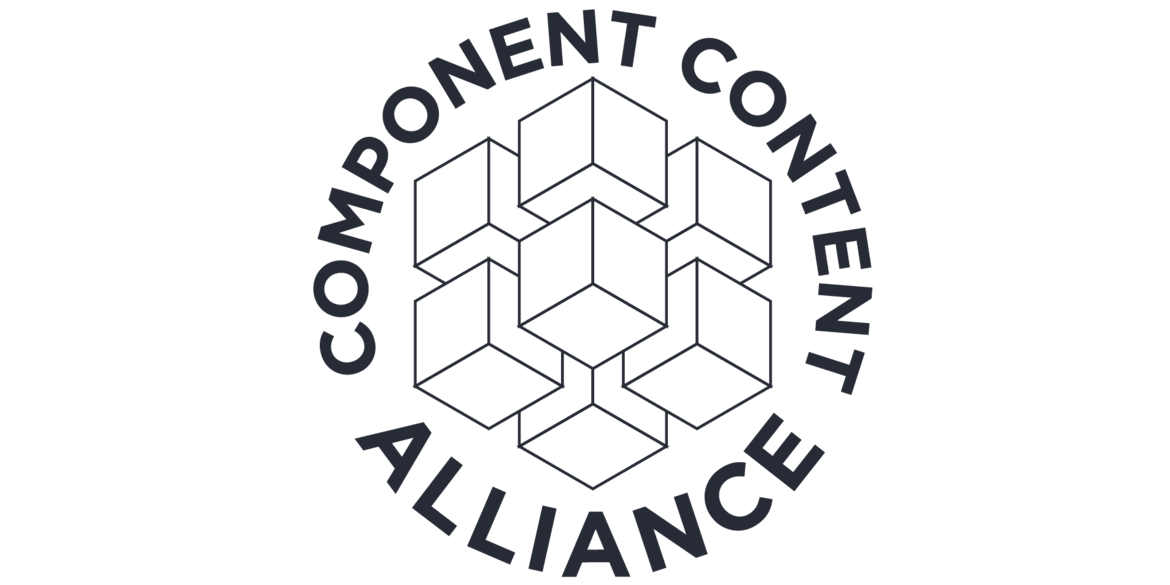What is a Component Content Management System (CCMS)?
A Component Content Management System (CCMS) allows you to manage content as individual components, rather than entire documents. Components can be words, phrases, paragraphs, images, videos, tables, or any other 'piece' of content.
A CCMS tracks metadata about components, including their location, relationships, uses, and status. This standardizes content structure, simplifying management of 'modular' content for use in multiple publications.
What is a CCMS used for?
A CCMS is used for managing content at a granular level, enabling more efficient content creation, management, and publishing processes. For example, technical documentation teams often use a CCMS to create and maintain product manuals. The system allows them to break down the manual into smaller components like product descriptions, usage instructions, and troubleshooting tips. These components can then be easily reused across different versions of the manual or for similar product lines, but also for other deliverables such as a quick reference guide and a knowledge base.
In highly regulated industries like pharmaceuticals or finance, a CCMS is used to maintain strict control over critical information such as Instructions For Use (IFU), or policies and procedures. It helps ensure that only approved content is used and that changes are tracked and leave an audit trail.
Why is a CCMS useful?
A CCMS streamlines content management by eliminating redundancy and ensuring consistency through content reuse. It provides robust version control and enables simultaneous multi-channel publishing, increasing efficiency. The system enhances collaboration, improves search capabilities, and simplifies content maintenance. By allowing component-level translations, it significantly reduces translation costs. Ultimately, a CCMS improves overall content quality and management across an organization.

